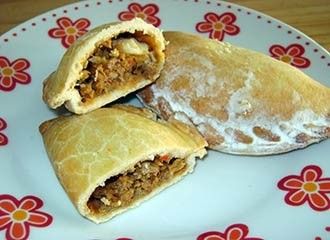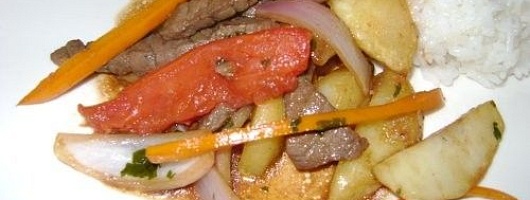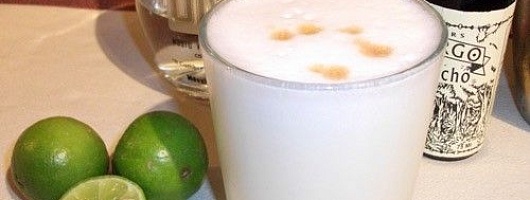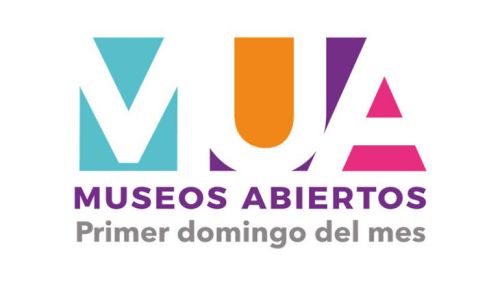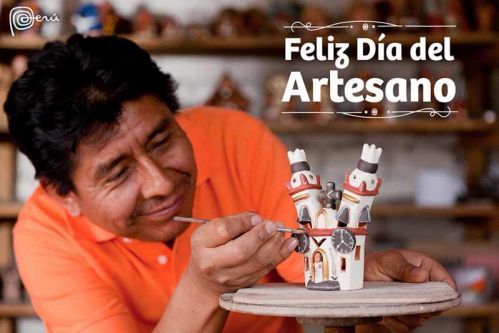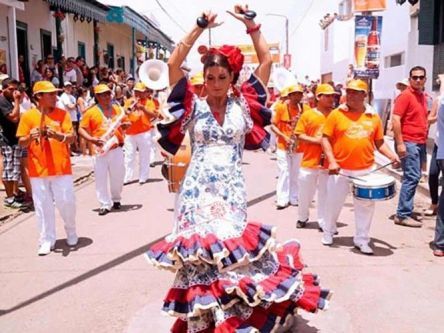Empanadas are probably most associated with Argentine or Colombia rather than Peru. However, the baked or fried pastries filled with savory or sweet fillings are so popular in Peru and prepared with the special Peruvian touch that they just belong here.
Most probably, the origins of empanadas date back to medieval times when people filled bread - later dough - with cooked meat and vegetables to preserve perishable food, make use of leftover stew and feed workers and travelers along their way.
Empanadas, as we know them today, most probably originated in Galicia, a region in northwest Spain and were first mentioned in 1520 in a Catalan cookbook. The term Empanada derives from the Castilian word “empanar” which in its original sense means “enbreaded” or “enclosed or wrapped in bread or dough”; so, Empanadas in the Middle Ages were more or less today's wraps.
They came to the Americas with the Spanish conquerors and today can be found in nearly all Latin American countries. However, while the basic preparation technique remains unchanged - folding dough over a filling, which may consist of meat, fish, cheese, vegetables or fruits, and then baking or frying the pastry - just about every country, even every region, chef or mum at home has his or her very own version.
In Peru, the traditional Empanadas are filled with fried ground beef, onions, olives, hard-boiled egg and raisins. After baking or frying, the Empanadas are sprinkled with icing sugar and, before biting into them, with a squeeze of lime juice.
Over the past years, Empanadas with various other fillings such as chicken, ham and cheese or only cheese, Lomo Saltado or Aji de Gallina became very popular in Peru as well.


